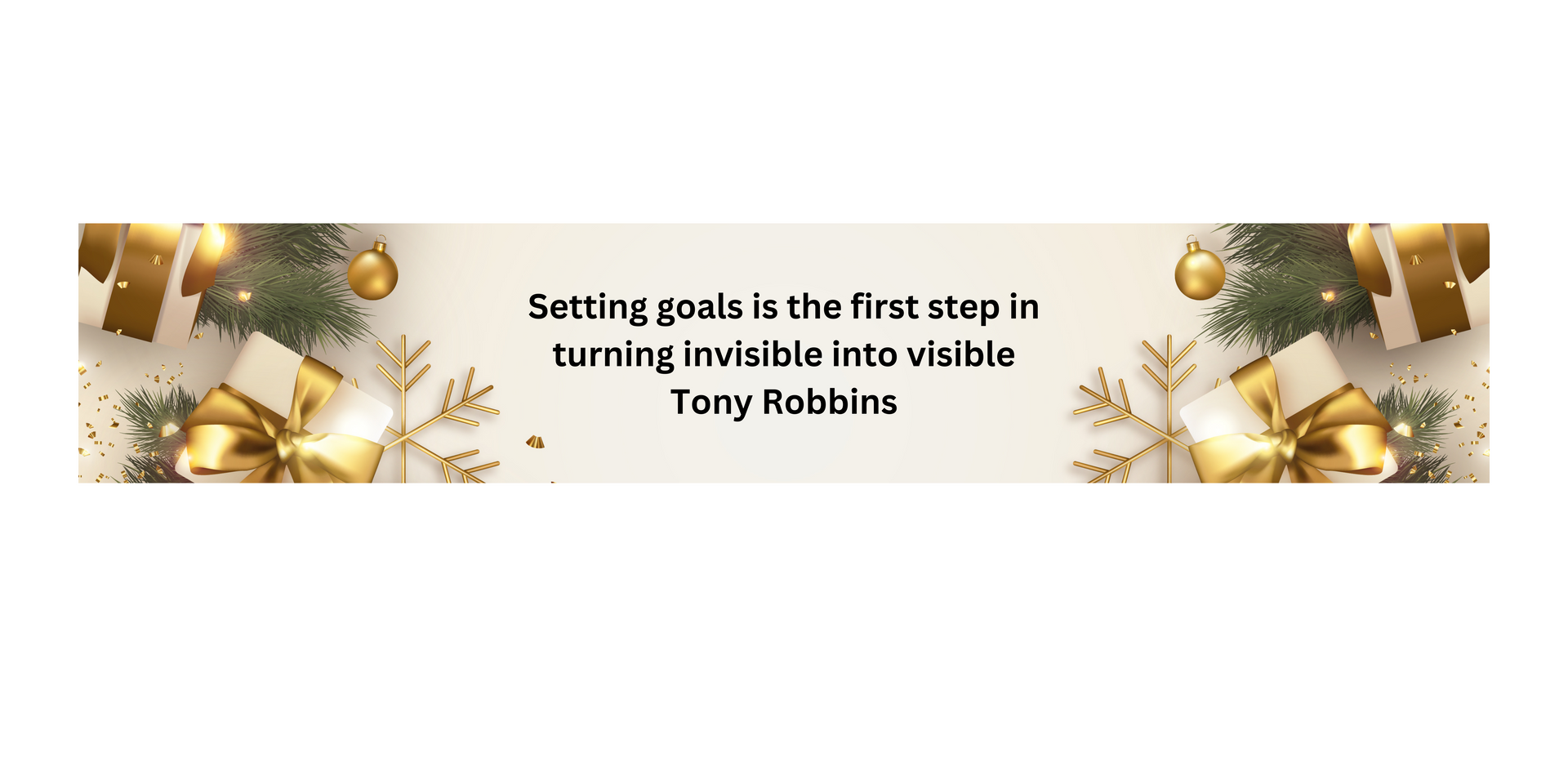By Aparna Venkateswaran
•
April 18, 2025
🌟 Introduction: Why We Need a New Lens on Parenting Parenting doesn’t come with an instruction manual, but it has come with a slew of labels— Helicopter parent. Lawnmower parent. Tiger parent. While these labels were meant to describe certain patterns, they’ve ended up boxing parents in. They flatten something deeply human—a relationship that grows, stretches, and stumbles—into a fixed stereotype. These labels tend to center only on the child, overlooking the truth that parenting is also a journey of growth for the parent. Parenting is fluid. It shifts with seasons, emotions, stress levels, and life circumstances. One moment can be filled with grace, and the next with guilt. One day brings connection, another confusion. It's not just about actions, but about the energy behind those actions—the mindset, intention, and consciousness that parents bring into their daily interactions. Have you ever wondered why you keep reacting the same way during tough parenting moments—even when you want to do it differently? Why is it so easy to lose your calm, even when you’ve promised yourself you wouldn’t? That’s why we need a new lens—one that isn’t focused on what kind of parent someone is, but how they are showing up. Not to critique, but to notice, reflect, and grow. That’s where the 7 Levels of Energy framework comes in. It was first introduced by Bruce D. Schneider in his book Energy Leadership and is the foundation of the work taught at iPEC (Institute for Professional Excellence in Coaching). Its core idea—that the energy behind our actions shapes every outcome—applies beautifully to how parents show up for their children and for themselves. As a certified coach trained in Energy Leadership, I’ve found this framework to be a powerful mirror—one that helps parents move from reacting to responding, from judgment to awareness, and from pressure to possibility. ✨ How am I showing up right now? ✨ What’s the energy behind my words, my silence, my expectations? ✨ What would shift if I brought more presence and curiosity into this moment? Actual growth in parenting doesn’t come from doing more—it comes from being more present. More attuned. More intentional. When parents begin to notice their energy, they move with more clarity, confidence, and care, not just for their children, but for themselves too. Let’s explore what it means to parent with awareness—where energy becomes the guide, and growth becomes the gift. 🔮 The 7 Energy Levels in Parenting: A Fresh Take The 7 Levels of Energy offer a powerful way to understand how parents show up—not just in what they do, but in the energy that drives their choices, tone, and presence. This framework applies whether you're parenting a toddler, a teenager, or a young adult living at home. No matter your child’s age, your energy matters. Parents move between these levels throughout the day—sometimes even in a single moment. There’s no “right” level, but there are growth opportunities in each. Think of it not as a ladder to climb, but as a mirror to reflect where you are—and where you want to go. Let’s explore how each level may show up in parenting: 🌑 Level 1 – Fearful & Overwhelmed Style : The Withdrawn Parent. Mantra : “I’m not good enough. I just hope I don’t mess this up.” Impact : May avoid making decisions or let anxiety take over. Shift : Begin with self-compassion. One small act of connection can open the door to confidence. 🔥 Level 2 – Controlling & Reactive Style : The Power Struggler. Mantra : “Why don’t you just listen?” Impact : Parenting becomes a tug-of-war for control. Shift : Pause and ask—what’s underneath this moment? Fear, frustration, or fatigue? 🌿 Level 3 – Coping & People-Pleasing Style : The Peacemaker Mantra : “Let’s just keep things calm.” Impact : Conflict is avoided, but deeper needs may go unmet. Shift : Practice setting boundaries that support both you and your child of any age. 💛 Level 4 – Supportive & Empathetic Style : The Heart-Centered Guide Mantra : “How can I support your journey?” Impact : Creates a connection through empathy and deep listening. Growth Tip : Your well-being matters too. When parents feel supported from within, empathy becomes a more natural response, not a forced one. 🌟 Level 5 – Curious & Empowering Style : The Possibility Parent Mantra : “Every challenge is a growth opportunity.” Impact : Fosters independence, creativity, and resilience. Power Move : Trust your child’s path, even when it looks different from yours. 🌊 Level 6 – Intuitive & Flowing Style : The Soulful Connector Mantra : “We’re co-creating something beautiful.” Impact : Parenting becomes a shared journey of mutual growth. Invitation : Make space for spontaneity, play, and intuitive connection. ✨ Level 7 – Transcendent & Non-Attached Style : The Visionary Parent Mantra : “There is no right or wrong—only learning.” Impact : Brings full presence and trust to the journey. Note : We rarely stay here, but even brief moments at this level can bring powerful shifts in connection and presence. 💡 Why Your Parenting Energy Matters More Than Your Style You’re not locked into one level of energy. Parents naturally move in and out of these levels throughout the day—sometimes even within a single moment. The goal isn’t to stay “high” or perfect. It’s simply to notice where you are, without judgment, and gently choose how you want to show up. Because the more conscious the energy, the more intentional—and connected—your parenting becomes. 🔁 Try This: A Quick Energy Check-In Let’s say your child talks back to you—maybe it’s a snappy tone, an eye roll, or a blunt “You don’t get it.” It’s frustrating. It can feel disrespectful. But your energy in that moment shapes what comes next. Here’s how backtalk might show up through different energy levels—and a Shifting Moment to help you reflect and re-center: 🌑 Level 1 – Fearful & Overwhelmed “They don’t respect me. Maybe I’ve lost control as a parent.” 💭 Shifting Moment : What story am I telling myself about this moment—and is it helping or hurting? 🔥 Level 2 – Controlling & Reactive “That’s disrespectful. I need to shut this down now.” 💭 Shifting Moment : What emotion is fueling my need to respond right now? 🌿 Level 3 – Coping & People-Pleasing “They’re probably tired. I’ll let it go to avoid a bigger argument.” 💭 Shifting Moment : Am I avoiding conflict—or an opportunity for growth? 💛 Level 4 – Supportive & Empathetic “They’re trying to express something—what’s behind their tone?” 💭 Shifting Moment : How can I stay curious instead of taking this personally? 🌟 Level 5 – Curious & Empowering “Interesting. What can we both learn from this tension?” 💭 Shifting Moment : What’s the long-term lesson I want to nurture here? 🌊 Level 6 – Intuitive & Flowing “There’s something deeper trying to surface—for both of us. Let me meet this with openness.” 💭 Shifting Moment : Can I slow down and listen beyond the words? ✨ Level 7 – Transcendent & Non-Attached “This is simply a moment. I can stay present without needing to fix or label it.” 💭 Shifting Moment : What happens when I drop the story and just be here? Next time you're in a moment like this, pause and ask: 🔸 “What level am I parenting from right now?” 🔸 “What would a Level 5 or 6 version of me do here?” 🌈 Final Thought You are not your parenting style. You are your energy in motion. And that energy can shift—with awareness, support, and grace. ✨ What energy are you bringing into your parenting today? And what might shift if you gave yourself permission to pause and choose?













